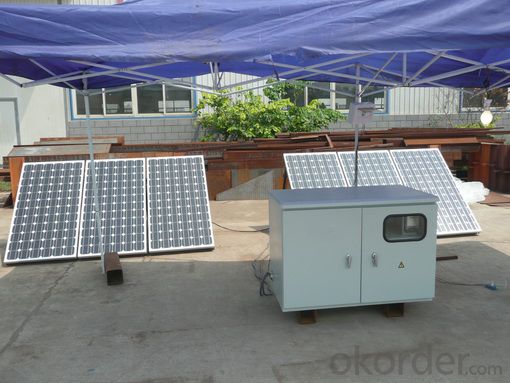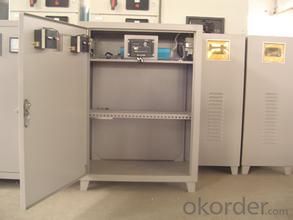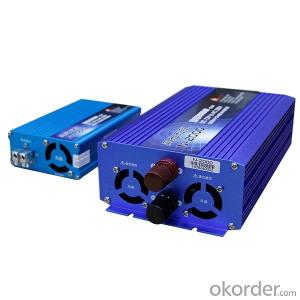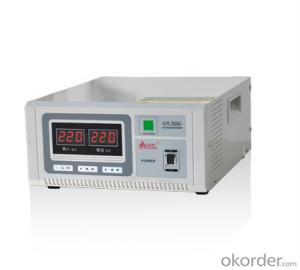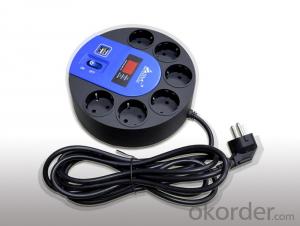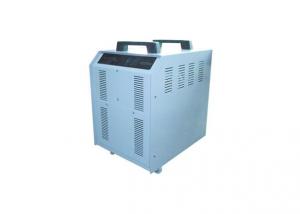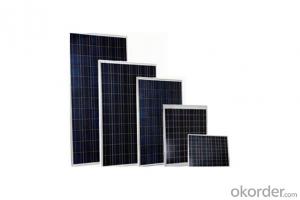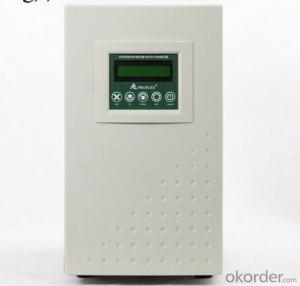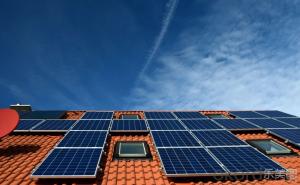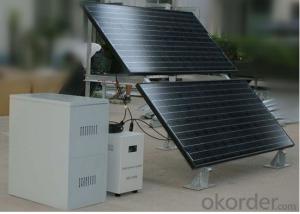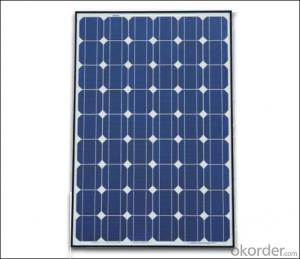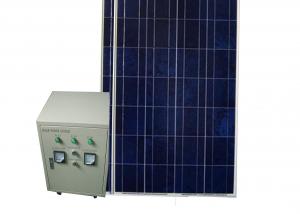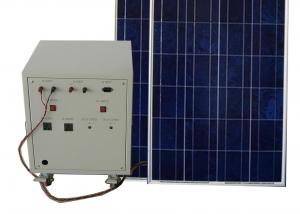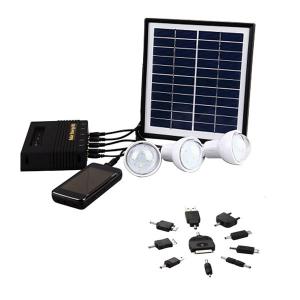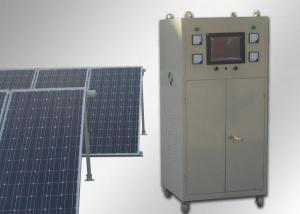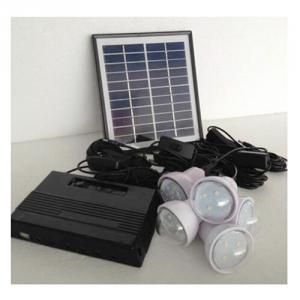Off Grid Solar Energy Systems:Home Off-Grid Power Solutions
- Loading Port:
- Shanghai
- Payment Terms:
- TT or LC
- Min Order Qty:
- 1000 watt
- Supply Capability:
- 200000 watt/month
OKorder Service Pledge
OKorder Financial Service
You Might Also Like
Anern Advantage:
1) Over 10 year experience in clean energy line, business covering solar street light, solar garden light, off grid
solar system and on grid solar power system, etc;
2) Exporting for worldwide, with satisfied clients more than 50 countries;
3) Competitive price, excellent service, integrated certificate system;
Obtain Obvious Advantages, Provide Best Price, Welcome to Talk More.
Solar system advantages:
1. CE, ROHS approved.
2. High conversion efficiency, high-transmission rate.
3. Energy saving, environmental-friendly.
4. Advanced technology, strict quality control system.
5. Easy installation, safe operation, free maintenance.
6. Low MOQ, fast delivery time, long service life.
System Device | |
| No | Device name |
| 1 | solar panels |
| 2 | inverter( off grid and on grid) |
| 3 | mounting system |
| 4 | combiner box |
| 5 | cable and other accessories |
| Quick Details | |||||
| Specification: | Mini | Application: | Home | Output Voltage (V): | 72V |
| Load Power (W): | 3.5-4.2KW | Solar Power (W): | 2KW | Work Time (h): | 4-5days |
| Packaging & Delivery | |
| Packaging Detail: | carton pallet |
| Delivery Detail: | within 7 days |
| Specifications | |||||
| 2KW Solar Power System | |||||
| Lifespan >20 years | |||||
| Designed to meet the needs for low power household appliances | |||||
| Base on your situaion ,we design the solar power system as following : | |||||
| 1: PV-system DC voltage level: DC 48V ,ouput AC voltage level: AC220V 50/60HZ | |||||
| 2: load Working time every day: 840W 5hours(3.5-4.2KW*h/day) | |||||
| 3: Primise rainy days: 2 days | |||||
| 4:PV system power Max Input Power: 2KW/DC72V Max AC Output Power: 2000W AC220V 50/60HZ,opration output power:inductive load <=1KW Resistive load:1.6KW | |||||
| 5: PV Array specification: Voc:DC86.4V Vmp:72V Isc:30A Imp:27.8A |
| Name | Type | Number | Remarks |
| MONO-Solar panel | JX200M/36V 1580*808*35mm | 10 | 2KW connection: 2 Series, 5 In parallel |
| Battery | 12V200Ah | 8 | Gel batteries The total capacity:DC48V/400Ah |
| PV-inverter | JX-2KW | 1 | inputDC48V -outputAC220V 50/60HZ,city power automatic switch |
| PV support | JX-S200-10 | 1 | 10 Pcs solar panels use a PV support , Material: Hot -dip galvanized |
| Battery box | JX-C24 | 1 | size:780*800*900mm 4layerdetachable type |
| PV Controller | CM4860 | 1 | DC48V 60A , RS485 communication function |
| PV cable,connect bettwen | PV-1*4.0mm2 | 100 | PV -specific single-core copper 4.0 mm2 cable,Double protection cover 100M |
| Power cable | BVV-1*16mm2 | 50 | single-core copper 16 mm2 cable,Double protection cover |
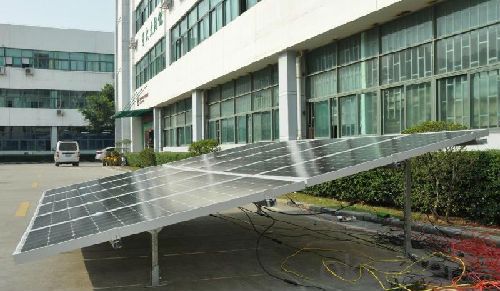
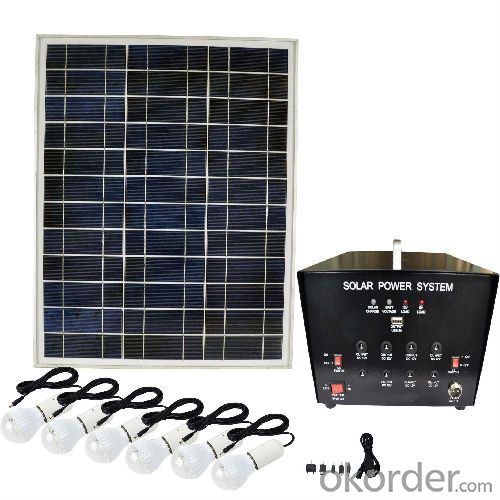
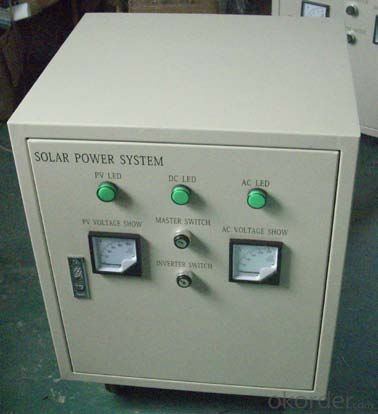
FAQ
1, What’s price per product ?
A: It’s depends on the quantity, delivery date and payment terms of the order. We can talk further about the detail price issue. Our products is high quality with lower price level.
2, How to make payment?
We accept T/T or L/C.
3, What is your lead time?
Generally 1-5 weeks depends on the order quantity and your specific requirements.
4, Can you do OEM for us?
Yes, we can.
5, How do you pack your products?
We have rich experience on how to pack the panels to make sure the safety on shipment when it arrives at the destination.
- Q: Can solar energy systems be used in powering disaster relief centers or emergency shelters?
- Yes, solar energy systems can definitely be used in powering disaster relief centers or emergency shelters. In fact, solar power is increasingly being utilized in such situations due to its numerous benefits. One of the key advantages of solar energy systems is their ability to function independently of the grid. During natural disasters or emergencies, the conventional power grid may be disrupted or completely unavailable. In such situations, solar panels can generate electricity from sunlight, providing a reliable and sustainable source of power for essential operations in relief centers or shelters. Solar energy systems are also highly portable and modular, making them ideal for temporary installations. They can be quickly deployed and set up in disaster-stricken areas, providing immediate power for lighting, communication devices, medical equipment, and other critical needs. Additionally, solar energy systems can be easily expanded or modified to meet the increasing energy demands of relief centers or shelters as the situation evolves. Furthermore, solar power systems have minimal environmental impact compared to traditional fuel-based generators. They produce clean energy without releasing harmful pollutants or greenhouse gases, which is particularly important in disaster-stricken areas where air quality may already be compromised. Lastly, solar energy systems offer long-term cost savings. Once installed, solar panels require minimal maintenance and have a lifespan of 25-30 years. This reduces the reliance on expensive and often scarce fuel supplies, allowing relief centers and emergency shelters to allocate their resources more efficiently. In conclusion, solar energy systems are a reliable, sustainable, and cost-effective solution for powering disaster relief centers or emergency shelters. Their ability to function independently, portability, minimal environmental impact, and long-term cost savings make them an excellent choice for powering critical operations during times of crisis.
- Q: How do solar energy systems handle excess power generation?
- Solar energy systems handle excess power generation through a process called net metering. When the system generates more electricity than is being used, the excess power is sent back to the grid, and the owner receives credits for the excess electricity. These credits can then be used during times when the system is not generating enough power, such as at night or during cloudy days, allowing for a more balanced and efficient use of solar energy.
- Q: Are there any safety certifications required for solar energy systems?
- Yes, there are safety certifications required for solar energy systems. In most countries, solar energy systems must meet certain safety standards and regulations before they can be installed and used. These certifications ensure that the solar panels, inverters, and other components of the system are manufactured and installed in a way that minimizes the risk of electrical hazards, fire, and other safety issues. One of the most common safety certifications for solar energy systems is the International Electrotechnical Commission (IEC) 61730 standard. This certification ensures that the solar panels meet specific safety requirements, including mechanical strength, resistance to environmental factors, and electrical insulation. It also includes tests for fire resistance, which is crucial to prevent potential hazards. Additionally, solar inverters, which convert the direct current (DC) generated by solar panels into the alternating current (AC) used in homes and businesses, also require safety certifications. The most widely recognized certification for inverters is the IEC 62109 standard, which verifies that the inverters meet safety requirements such as electrical insulation, protection against overvoltage and overcurrent, and proper grounding. Furthermore, the installation of solar energy systems must comply with local electrical and building codes, which often include safety requirements. These codes ensure that the system is installed correctly and safely, with proper wiring, grounding, and protection against electrical faults. It's important for solar energy system manufacturers, installers, and users to adhere to these safety certifications and regulations to ensure the safe and reliable operation of solar energy systems. By doing so, the risk of electrical accidents, fires, and other safety hazards can be minimized, providing peace of mind to both the system owners and the surrounding community.
- Q: Can solar energy systems be used for street lighting?
- Street lighting can indeed utilize solar energy systems. The popularity of solar-powered street lights is on the rise due to their ability to provide sustainable and cost-effective outdoor lighting. These systems consist of solar panels that capture sunlight during the day, converting it into electricity which is then stored in batteries. This stored energy is utilized to power the street lights at night. Not only are solar-powered street lights environmentally friendly, but they also eliminate the need for extensive wiring and electricity consumption. They can be easily installed in remote areas without access to grid power, making them a feasible option for street lighting in both urban and rural regions. In addition, solar-powered street lights offer the benefit of being independent from the main power grid, ensuring uninterrupted lighting even during power outages.
- Q: Can solar energy systems be used for charging mobile devices?
- Yes, solar energy systems can be used for charging mobile devices. Solar panels convert sunlight into electricity, which can then be used to charge mobile devices through a charger or power bank. This renewable energy source is a sustainable and eco-friendly alternative for charging mobile devices, especially in areas with limited access to electricity grids.
- Q: Can solar energy systems be used in powering fire stations or police stations?
- Solar energy systems have the capability to power fire stations and police stations, offering a renewable and sustainable power source that is both reliable and cost-effective. These facilities necessitate a consistent and uninterrupted power supply for crucial functions such as lighting, communication, security systems, and other essential equipment. To harness sunlight and convert it into electricity, solar panels can be installed on rooftops or nearby areas. This electricity can then be utilized to power the various electrical systems within these establishments. By employing solar energy, fire stations and police stations can decrease their dependency on traditional grid electricity, reduce operational costs, and contribute to a greener environment. Moreover, solar energy systems can incorporate battery storage to accumulate excess electricity generated during the day, ensuring an uninterrupted power supply even during periods of low sunlight or at night. Overall, solar energy systems are a practical and feasible option for powering fire stations and police stations, endorsing energy independence and sustainability for these vital public service institutions.
- Q: How does the quality of solar panels affect their performance?
- The quality of solar panels plays a crucial role in determining their performance. High-quality solar panels are designed and manufactured using advanced technology and materials, which directly impacts their efficiency, durability, and reliability. Efficiency is one of the key factors affected by the quality of solar panels. High-quality panels are built with superior materials and advanced manufacturing techniques, allowing them to convert sunlight into electricity more efficiently. This means that they can generate more electricity from the same amount of sunlight compared to lower-quality panels. Durability is another important aspect influenced by the quality of solar panels. High-quality panels are designed to withstand harsh weather conditions, such as extreme temperatures, strong winds, and heavy snow loads. They are also less prone to degradation, ensuring a longer lifespan and consistent performance over time. Reliability is closely tied to the quality of solar panels. High-quality panels are built to last, reducing the chances of malfunctions or breakdowns. They undergo rigorous testing and quality control processes to ensure that they can consistently deliver their rated power output for many years. Additionally, high-quality solar panels often come with industry-leading warranties, providing peace of mind to the owners. These warranties cover defects, performance issues, and other potential problems, ensuring that customers receive support and replacements if needed. In summary, the quality of solar panels significantly impacts their performance. Investing in high-quality panels can lead to higher energy production, increased durability, and improved reliability, ultimately resulting in better returns on investment and a more sustainable energy solution.
- Q: How does the angle of the sun affect the performance of a solar energy system?
- Determining the performance of a solar energy system relies heavily on the angle of the sun. Through the photovoltaic effect, solar panels convert sunlight into electricity. The direct impact of the sun's rays on the solar panels affects the amount of energy they can produce. At solar noon or during peak sun hours, when the sun is directly overhead, its rays are perpendicular to the surface of the solar panels, resulting in maximum energy output. However, as the sun's angle decreases, such as in the morning or evening, the sunlight has to travel through a larger portion of the Earth's atmosphere. This causes a decrease in intensity and, consequently, energy production. Furthermore, the angle of the sun changes with the seasons. In the summer months, the sun is higher in the sky, providing more direct sunlight and increasing energy production. Conversely, during winter, the sun is lower, resulting in reduced solar energy output. To optimize the performance of a solar energy system, it is crucial to consider the installation angle of the solar panels. Adjusting the tilt angle of the panels based on the location's latitude maximizes exposure to sunlight throughout the year. Additionally, tracking systems can be used to follow the sun's movement and adjust the angle accordingly, further enhancing energy production. In conclusion, the angle of the sun significantly impacts the performance of a solar energy system as it determines the intensity of sunlight reaching the solar panels. By ensuring the optimal angle and orientation of the panels, solar energy systems can achieve maximum energy output and improved overall efficiency.
- Q: How do I calculate the return on investment for a solar energy system?
- To determine the return on investment (ROI) of a solar energy system, several factors need to be taken into account. Firstly, the initial cost of the system, including the expenses associated with purchasing and installing solar panels, inverters, wiring, and any additional equipment or installation charges, must be calculated. Next, it is crucial to estimate the annual savings or income generated by the system. This can be achieved by assessing the amount of money saved or earned each year by utilizing solar energy instead of relying solely on conventional energy sources. To do this, one can estimate the kilowatt-hour (kWh) production of the system and multiply it by the local electricity rate. Additionally, potential feed-in tariffs or tax credits that may be applicable should be taken into consideration. Afterwards, the payback period needs to be determined. This involves dividing the initial cost by the annual savings or income to ascertain how many years it will take to recoup the investment. For instance, if the initial cost amounts to $20,000 and the annual savings are $2,000, the payback period would be 10 years ($20,000 / $2,000). Finally, the ROI can be calculated. Once the payback period is established, it can be subtracted from the projected lifespan of the solar energy system. The remaining years should then be divided by the payback period and multiplied by 100 to obtain the ROI percentage. For example, if the anticipated lifespan is 25 years and the payback period is 10 years, the ROI would be 60% ((25-10) / 10 * 100). It is important to note that this calculation serves as an estimation and does not take into account factors such as maintenance costs, inflation, or fluctuations in energy prices. Additionally, it is advisable to consider other benefits such as reduced carbon footprint and increased property value when evaluating the ROI of a solar energy system.
- Q: Can solar energy systems be used in areas with low sunlight?
- Yes, solar energy systems can still be used in areas with low sunlight. While solar panels are most effective in areas with abundant sunlight, advancements in solar technology have made it possible to generate electricity even in areas with lower sunlight levels. Additionally, solar energy systems can still provide a reliable source of energy in such areas by utilizing battery storage to store excess energy generated during periods of higher sunlight and using it during times of lower sunlight.
Send your message to us
Off Grid Solar Energy Systems:Home Off-Grid Power Solutions
- Loading Port:
- Shanghai
- Payment Terms:
- TT or LC
- Min Order Qty:
- 1000 watt
- Supply Capability:
- 200000 watt/month
OKorder Service Pledge
OKorder Financial Service
Similar products
Hot products
Hot Searches
Related keywords




